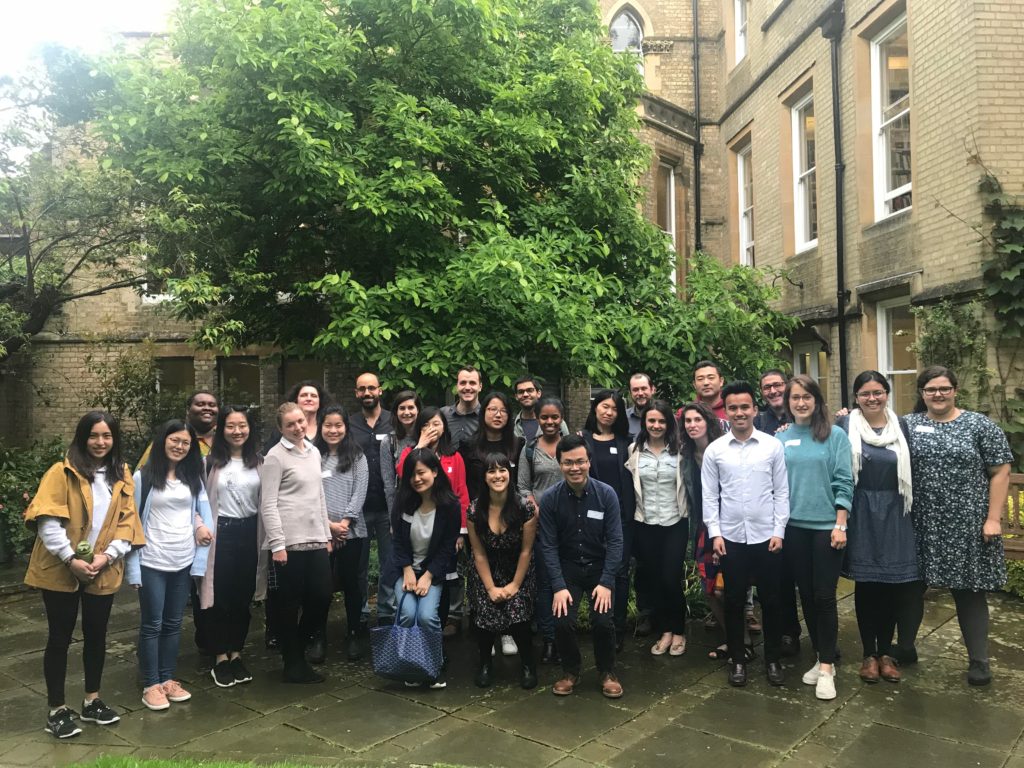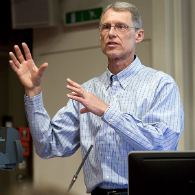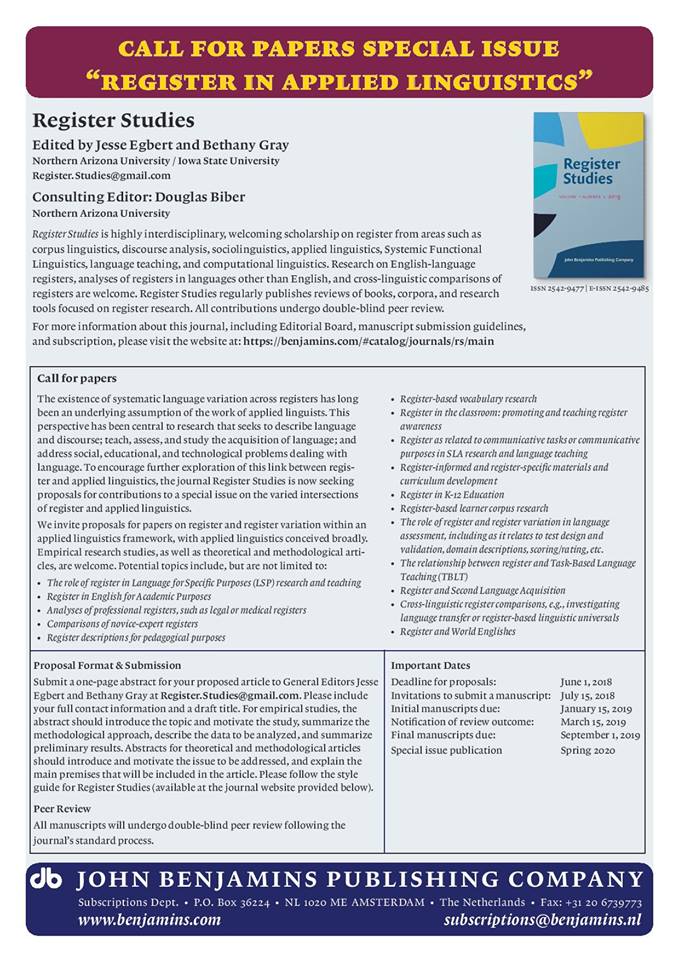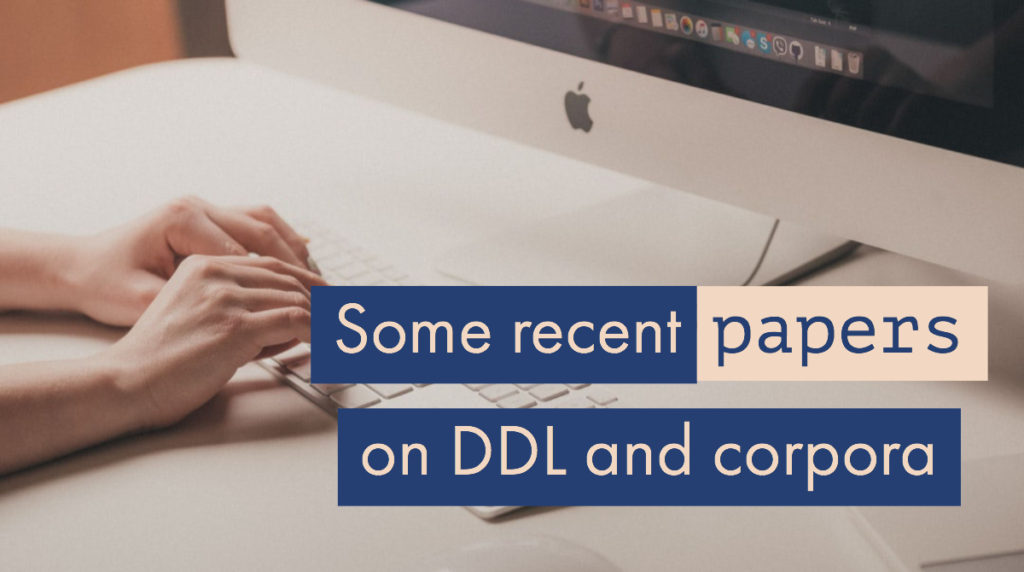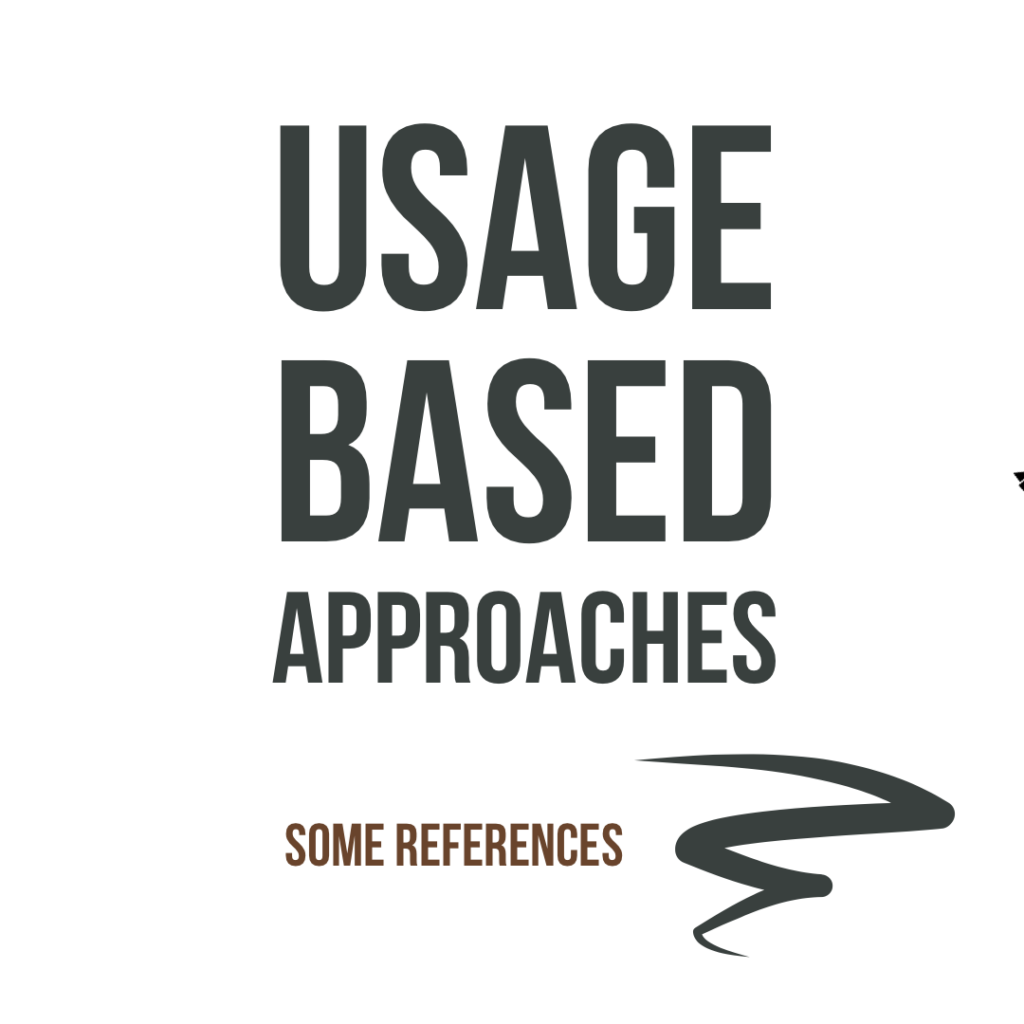
Ellis, N. (2017) Chapter 6 – Chunking in Language Usage, Learning and Change: I Don’t Know from Part III – Chunking. Edited by Marianne Hundt, Universität Zürich, Sandra Mollin, Universität Heidelberg, Simone E. Pfenninger, Universität Salzburg. Cambridge University Press, pp 113-147
https://doi.org/10.1017/9781316091746.006
Ellis, N. (2017). Cognition, Corpora, and Computing: Triangulating Research in Usage‐Based Language Learning. Language Learning, 67(S1), 40-65.
Ellis, Nick C., & Ferreira-Junior, Fernando. (2009). Construction Learning as a Function of Frequency, Frequency Distribution, and Function. Modern Language Journal, 93(3), 370-385.
Tyler, A. (2010). Usage-Based Approaches to Language and Their Applications to Second Language Learning. Annual Review of Applied Linguistics, 30, 270-291.
Tyler, A., & Ortega, L. (2016). Usage-based approaches to language and language learning: An introduction to the special issue. 8(3), 335-345.
Tyler, A. (2018). Nick C. Ellis Ute Römer Matthew Brook O’Donnell: Usage-based approaches to language acquisition and processing: Cognitive and corpus investigations of construction grammar. Cognitive Linguistics, 29(1), 155-161.
Weber, Kirsten Morten H. Christiansen Peter Indefrey Peter Hagoort (2018) Primed From the Start: Syntactic Priming During the First Days of Language Learning. Language Learning. https://doi.org/10.1111/lang.12327
